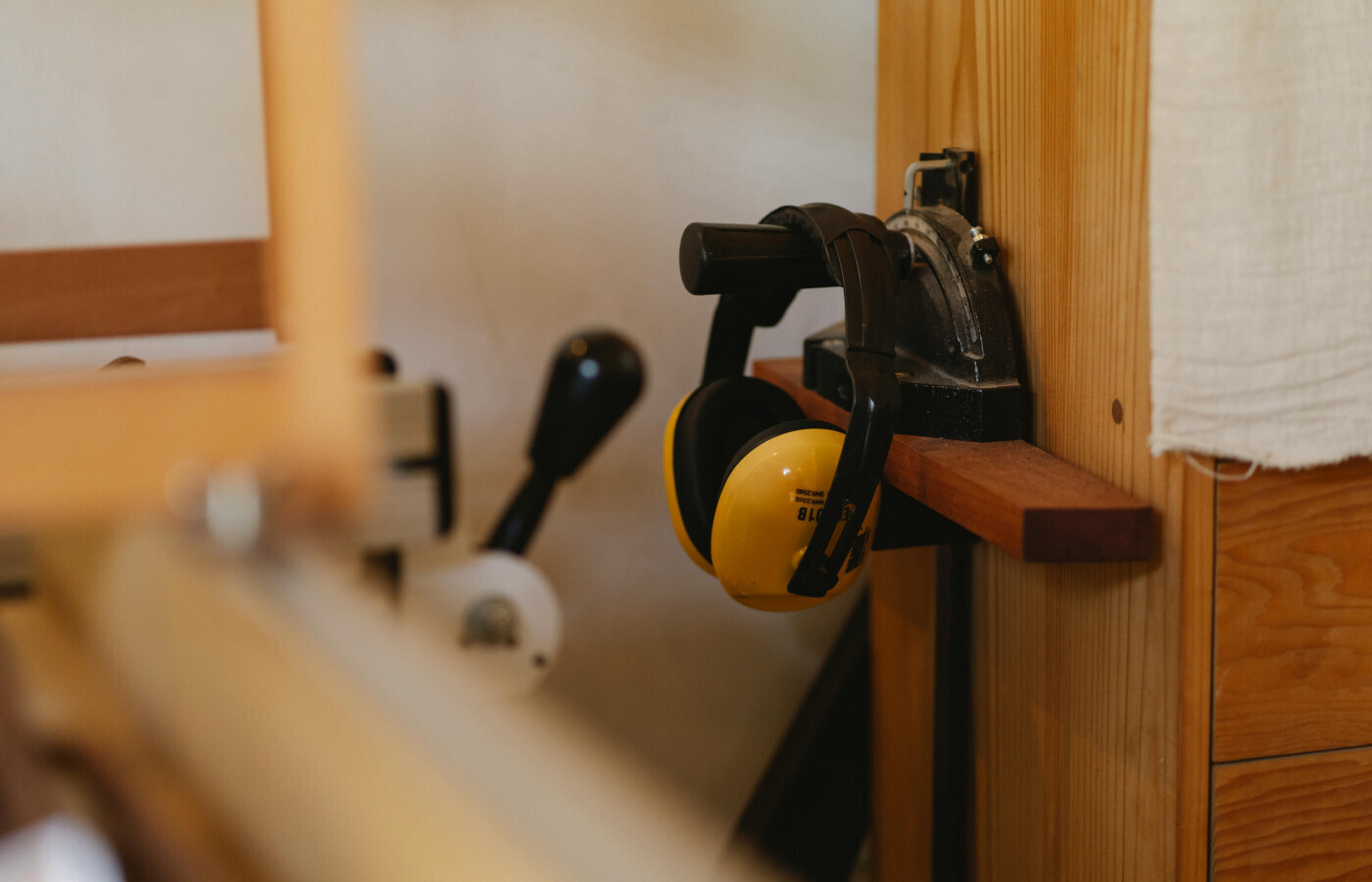
Today we're going to look at hearing protection standards in the industry. Understanding these standards is essential to ensuring a safe and compliant work environment.
Explanation of Protection Standards and Regulations
Hearing:
Hearing protection standards are established to minimize the hearing risks that workers are exposed to in different industrial sectors. These standards define acceptable sound levels, necessary protective equipment, and recommended practices to ensure the hearing health of employees.
Between 75 and 80 dB: wearing PPE is recommended.
Between 80 and 85 dB: the employer must provide its employees with hearing protection.
Greater than or equal to 85 dB: protection must be made available and must be worn.
The EN 352 standard establishes the essential requirements for personal hearing protectors (PICB), segmented into several parts according to the type of hearing protection device.
To begin with, part EN 352-1 concerns noise-canceling headphones, also known as headbands. This equipment consists of shells enveloping the ears and attached to a headband, offering sound reduction ranging from 20 to 35 dB. Although they provide high protection, wearing them can make communication and perception of ambient noise difficult.
Part EN 352-2 deals with earplugs and noise-cancelling headbands. Earplugs, preferable in hot environments, are designed for short-term wear, while earplugs, recommended for intermittent use, hold the plugs around the neck to prevent loss and ensure proper positioning in the ear canal.
Finally, EN 352-3 addresses earmuffs mounted on a construction helmet, a practical solution for combining hearing protection and safety equipment on industrial sites.
This standard aims to ensure the safety and comfort of workers exposed to noise by offering a diverse range of solutions adapted to different professional environments.
How to Guarantee Compliance with Standards?
* Regular Hearing Risk Assessment: Conduct regular assessments to identify high-risk areas and take preventive action.
*Continuing Training: Ensure employees understand the standards and are trained in the correct use of hearing protection equipment.
* Noise Level Monitoring: Use monitoring devices to track real-time sound levels in the workplace.
* Rigorous Documentation: Maintain detailed records of assessments, training and actions taken to ensure compliance in the event of an inspection.
How to combine hearing protection and communication in noise?
In this regulated environment, Louis, a communication solution in noisy environments, is the solution that allows employees to not remove their hearing protection to communicate with their colleagues. Designed to provide clear communication while respecting noise exposure limits, Louis ensures your business is compliant while providing a practical solution.
Understanding and complying with hearing protection standards is imperative for businesses seeking to ensure the safety and well-being of their employees.
We use technical and analytics cookies to ensure that we give you the best experience on our website. More info.